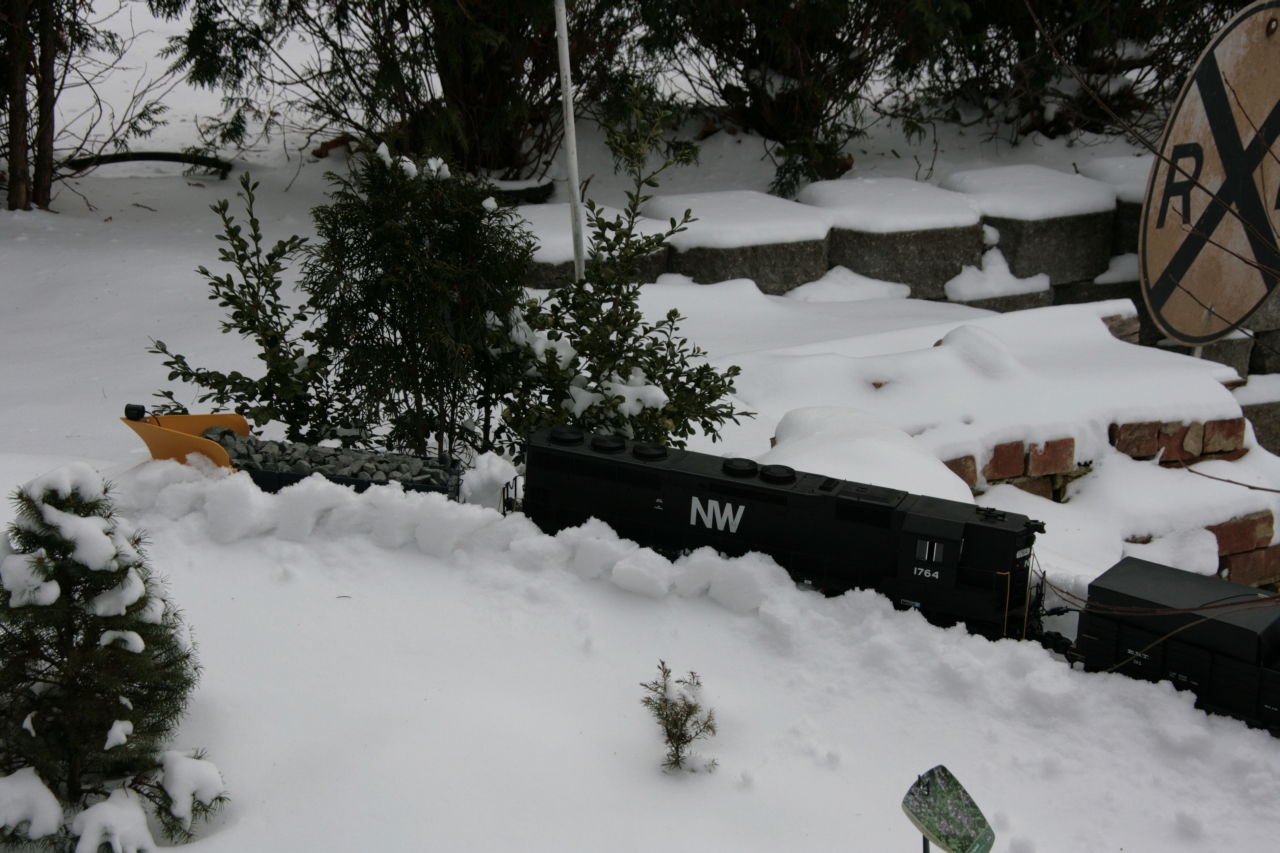I just watched Eric’s great videos of plowing with his steamers. It seemed they had no problem pushing his plow around his layout.
I have always thought that I needed a very powerful and heavy engine and a heavy plow. I chose an Aristo SD45 with the fuel tank weight and an Aristo wedge plow loaded with crushed stone. The rig is extremely heavy…

After watching Eric’s video I got to thinking that maybe my plow is too heavy. I’d never attempt to push it with my LS Shay as currently configured - but if it were lighter that just might work! I love running the steamer in the snow and plow service may just be the perfect use if I can get the balance right.
What do you think?

